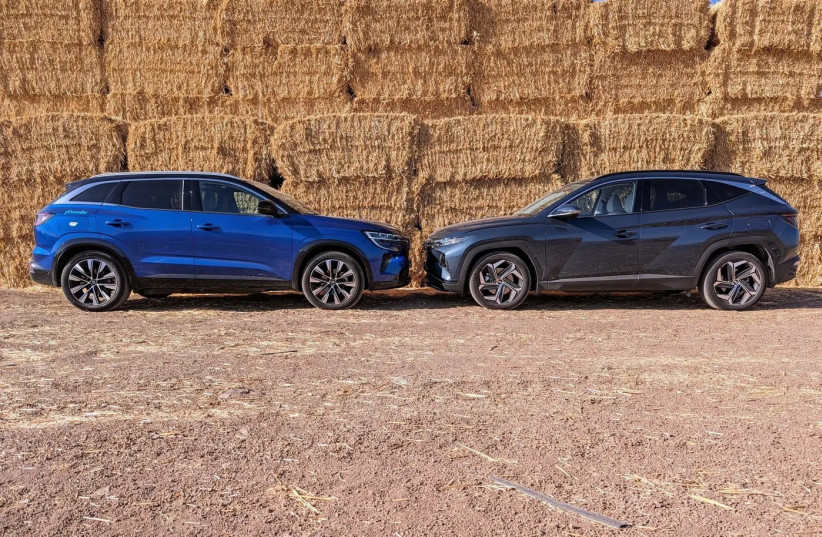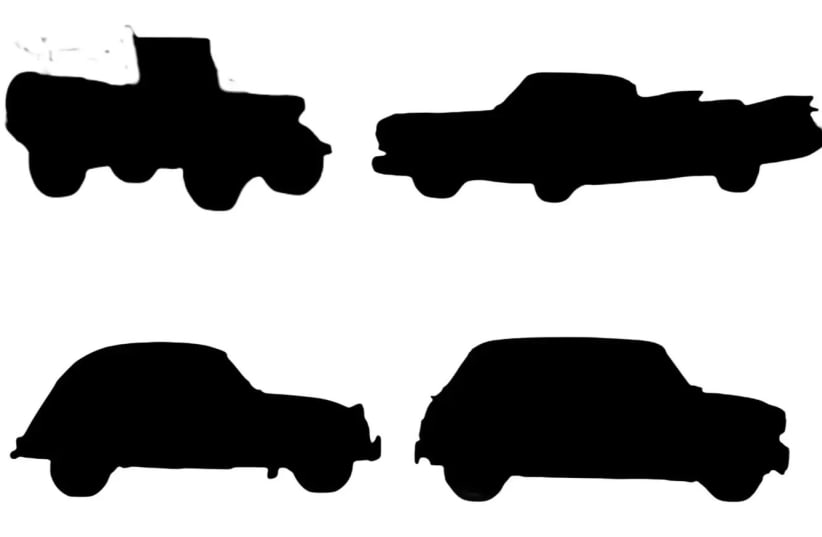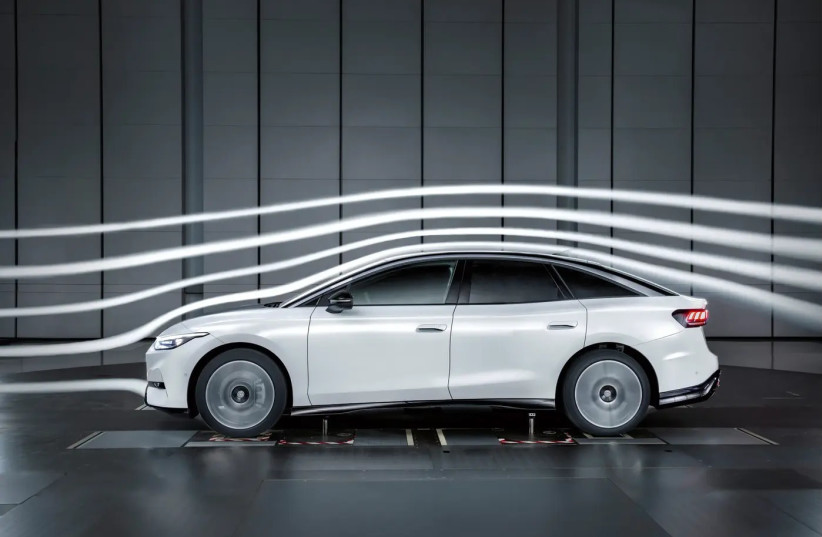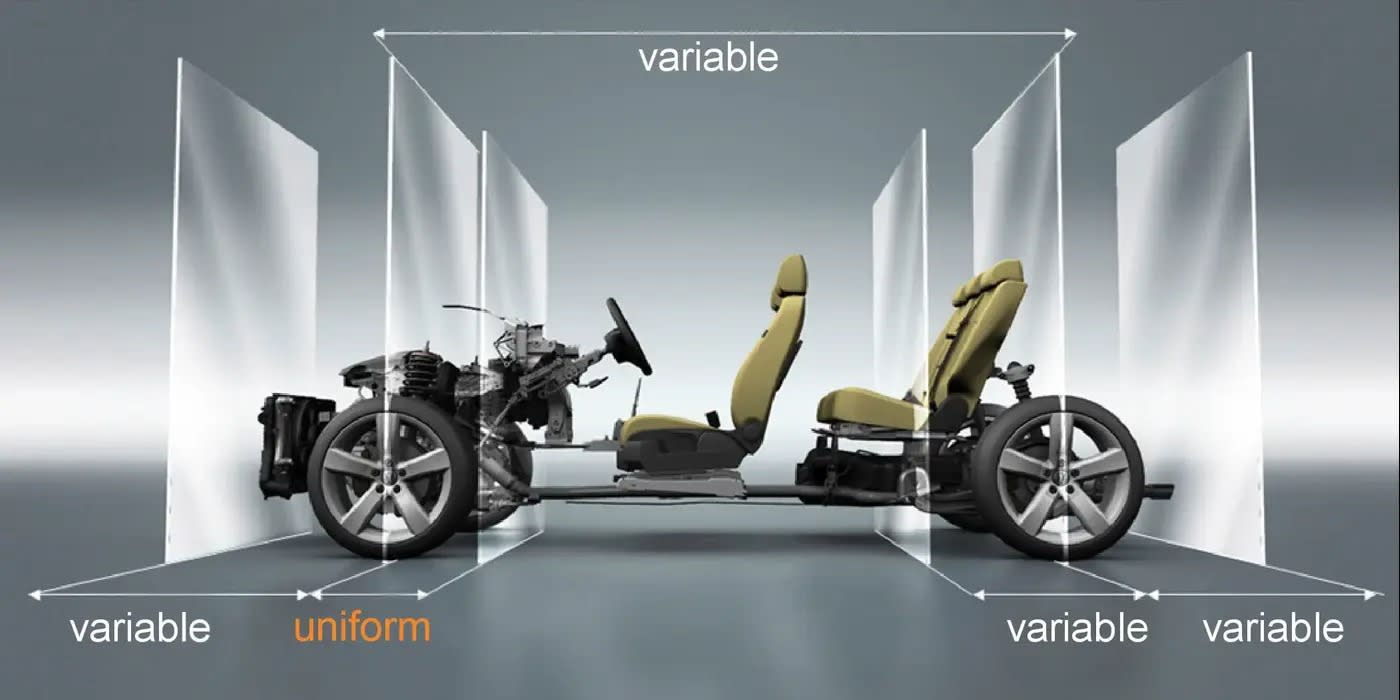First of all, let's clarify something: I am not going to argue that everything was better in the past - because it wasn't. I don't want children to have lessons like they used to, I don't want my daughters to serve in a unit "like in the past", I certainly don't want the education methods of the past, and definitely not the times when deodorant was considered a luxury or when all men walked with a sword and you couldn't tell who was Mr. Cohen and who was just a plane hijacker. I don't. And after saying that, when they designed cars, they really made them unique.
Under this opening paragraph, there are shadows of four vehicles, if you're browsing here, you'll recognize all of them, if you just stumbled here by chance, at least two will look familiar to you. And it's not like all cars were very different from each other in the past, but I can bet that if there were shadows of four modern cars, the percentage of correct guessers would be much lower.
So what happened that all cars suddenly became so similar to each other? For this, we need to go back to December 11, 2009. Then, the "UN Economic Committee for Europe Transportation Affairs" published a very revolutionary document.

In Regulation 9 of this document, there was a guideline for designing to improve pedestrian safety. Pedestrians are the most affected and injured by vehicles significantly, and this UNECE committee decided to require improvements in the survivability of pedestrians in vehicle impacts. To summarize the matter in one sentence, the regulation mandated manufacturers to build the front of the car in a way that minimizes injury to pedestrians as much as possible.
This was not the first time this committee issued such a fascinating document, as far back as 1998 they released a document with the eloquent name: "Agreement concerning the establishment of global technical regulation for wheeled vehicle. Equipment adapted for installation and/or use in wheeled vehicles". From there, for a decade, regulations were formulated defining everything, from air conditioning to the specification where door locks should be used, the height of front and rear lighting units, and even brakes.
But back to that "Regulation 9”, it is the one that has had the most impact on vehicle design since then, to this day, and in the coming years.
The moment those regulations were published, car manufacturers who did not want to complicate matters with the UN or their governments made sure to comply with them. And since it didn’t make sense to produce different fronts or designs based on the level of regulation in each market, as soon as Hyundai, Ford, or Subaru created a new design - all the global cars from these manufacturers received a uniform front.
One of the distinct aspects of implementing these guidelines was the height of the engine cover and the distance required between the front of the car and the end of the frame and the engine area, for example. Its elevation allowed two things. The first is distancing the can from the engine itself, so that in case of impact, the leg will not go into the engine compartment, but will hit a can surface that will crumple into the space below it. The second thing is that the leg will "fall" the shortest distance possible before hitting the engine cover. When the engine covers were larger, it affected the entire design of the car and components such as wheel size and front wings, windshield angles that affect seat height, and consequently roof height, which in turn affects the size and angle of the front windshield.
Another safety-related component is the thickness of the front pillars, middle pillars, and rear pillars. When vehicles are also tested for their resistance to rollovers, they become a critical component. So they too have technical requirements that affect the exterior design. Crush tests also determine the height of the car's sills in order to create a structure that provides better protection for the passenger compartment.
But it wasn't just the UNECE safety regulations that changed the design of our cars. There is also the issue of fuel consumption. Fuel consumption is a very critical component when manufacturers want to comply with air pollution standards or present an enticing figure in their product's technical specifications. The physics and aerodynamics laws that apply to all vehicles are just as responsible as the UN for the design of our cars. The big change began in the second half of the 1980s, when more and more manufacturers began using wind tunnels to test the aerodynamic efficiency of vehicles.
And since the aerodynamic characteristics are identical for everyone, whether it's Mazda, Toyota, or Renault - all designers of modern production cars receive along with the guideline to design a car also a complete set of rules, computer models, and formulas that they must adhere to in order to improve this efficiency. Take the hybrids of the 2000s for example - Toyota Prius, Honda Insight, and Hyundai Ioniq did not get their distinctive appearance because their designers admired each other, but because of their engineers' admiration. Recessed door handles? Same story, (poor) attempts to replace our mirrors with cameras? That's it. To clarify this point most clearly - look at the place where efficiency and speed are above all - Formula 1 - there is a very good reason why all the cars on the track look the same.
The third main reason is the convergence of the industry, especially since the 90s to rely on the magic of platforms. The same uniform engineering base that allows building a large number of vehicles or car types on the same platform. In the Volkswagen Group, for example, you can find the Golf, Tiguan, Audi A3, Seat Leon, Skoda Octavia, and a few more versions of them all sitting on the same MQB platform, and it's not alone.
Where is this event going to roll? Judging by the current situation - nowhere. True, in the electric future, there will be less concern for pedestrians and cyclists being sucked into engine heads - but on the other hand, in everything related to the design story of aerodynamic efficiency becomes even more significant when every kilometer in range is important and without the need for a front "grille", the phenomenon of aerodynamic fronts in so many models only exacerbates the situation. It sharpens it not only for car enthusiasts, but no less for manufacturers fighting to create a distinct visual identity for their cars and their brand.
To a large extent, the story of our car design today can be told through our mobile phones. If you are old enough to remember mobile phones from the late 90s and even into the early 2000s, you also remember the period when we knew how to distinguish between Motorola, Nokia, BlackBerry, and more in a fraction of a second. But all that changed with the appearance of the iPhone, which made ultimate design and intuitive use a way of life, a message. Are we heading towards a future where our parking lots will look like a smartphone lineup on the table at work? Identical rows only for those with wheels? Unfortunately for design enthusiasts and to the benefit of pedestrians - it seems so.



